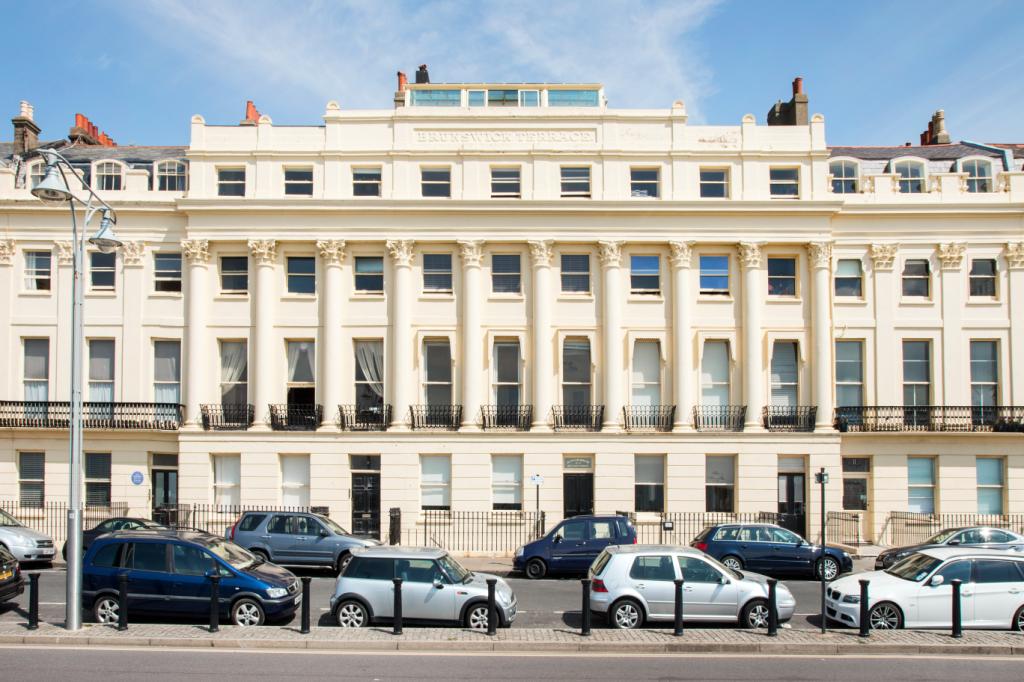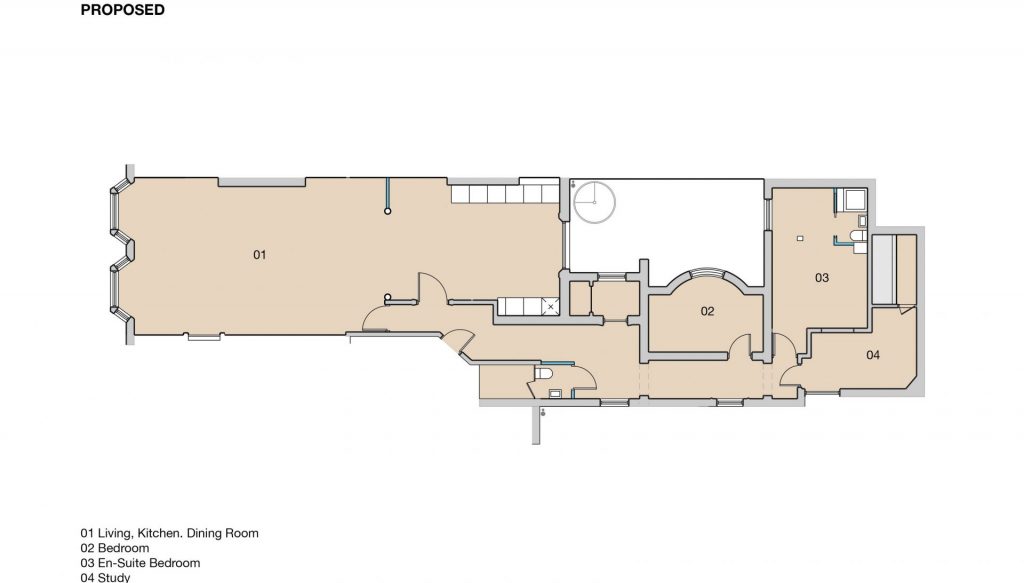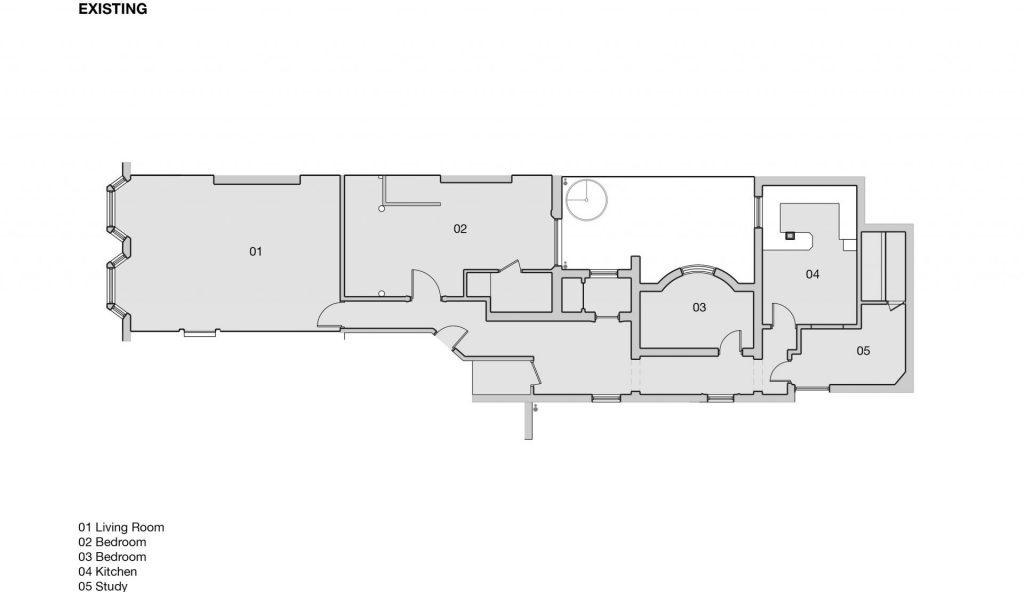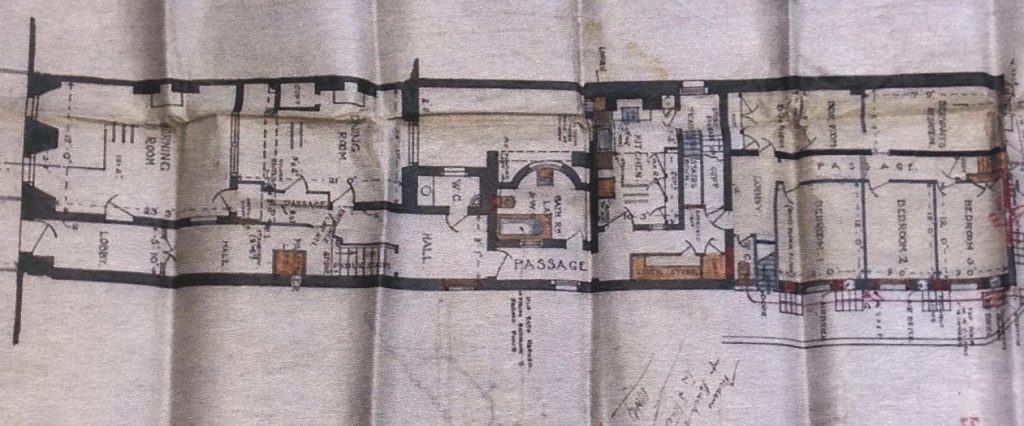We’ve successfully obtained planning permission to create a light filled contemporary apartment at the at the prominent, Listed 26 Brunswick Terrace on Hove seafront.
History of 26 Brunswick Terrace, Hove

Brunswick Terrace in Hove
A prominent building in the centre of an historically important terrace, number 26’s significance is further enhanced through the variety of well-known residents.
Probably the most notable occupant is Philip Salomons (1796-1867), who was a Jewish leader and a High Sheriff of Sussex. It was Phillip Salomons who commissioned the ‘pepper-pot cupola’ housing a rooftop synagogue, a distinct feature of the roofline of Brunswick Terrace.
Number 26 sits at the centre of the Brunswick Terrace and within the Brunswick Town Conservation Area. Originally part of land known as Wick Farm, the Brunswick Area was designed by architects Charles Busby and Amon Henry Wilds. Brunswick Square and Terrace were to be the focal point of the Brunswick Town. The views of the sea and proximity to Brighton coupled with views into the South Downs served to make these grand houses some of the most desirable of their era.
From the 1930’s onwards the Brunswick Estate was viewed less favourably, and consideration was given to their demolition in favour of modernist structures such as at Embassy Court. The intervention of the second world war put these plans on hold.
Following the war, the trend was to divide these houses into flats. Poorly formed and often lacking basis amenities the future of Brunswick was once more considered by Hove Council. To counter this threat the Regency Society was formed. Rekindled interest saw the 108 properties in the area awarded Grade 1 listed status in 1964.
Design Proposals

Proposed changes to terrace

Survey of existing terrace
Our Client’s brief was to create a light filled contemporary flat with an arrangement of rooms that more suited their way of life. Such a brief in the context of a significantly listed property required both creative design and a proven track record of permissions for listed properties in Brighton. It is on this basis that Shape Architecture was selected for the project.
It was apparent that an amazing space could be created with the removal of the central wall between the reception room and the adjacent bedroom, which would also incorporate the kitchen presently located at the rear of the property. The design would also allow a number of columns to be exposed that were ‘lost’ in the bedroom. The success of the planning approval is to have created a large contemporary kitchen, living and dining space within the historic setting. At another level, a WC is formed in a section of large hallway. An En-Suite bedroom was also created, where the old kitchen was located. Dropped ceilings will also be removed to reveal hidden ceiling details.
In gaining Listed Building Consent, Shape Architecture was able to demonstrate a full understanding of the heritage asset. We also began the process with a Pre-App submission, the response to which was supportive and made certain other recommendations. This methodology formed a sound basis for a successful application.
Shape Architecture continues to work on listed building projects in Brighton and particularly around the Palmeira and Brunswick areas, in addition to many listed building projects throughout London. We have an extensive and diverse experience of such projects. If you would like to discuss a listed building project of your own, please feel free to contact us.

Historic plan of Brunswick terrace


